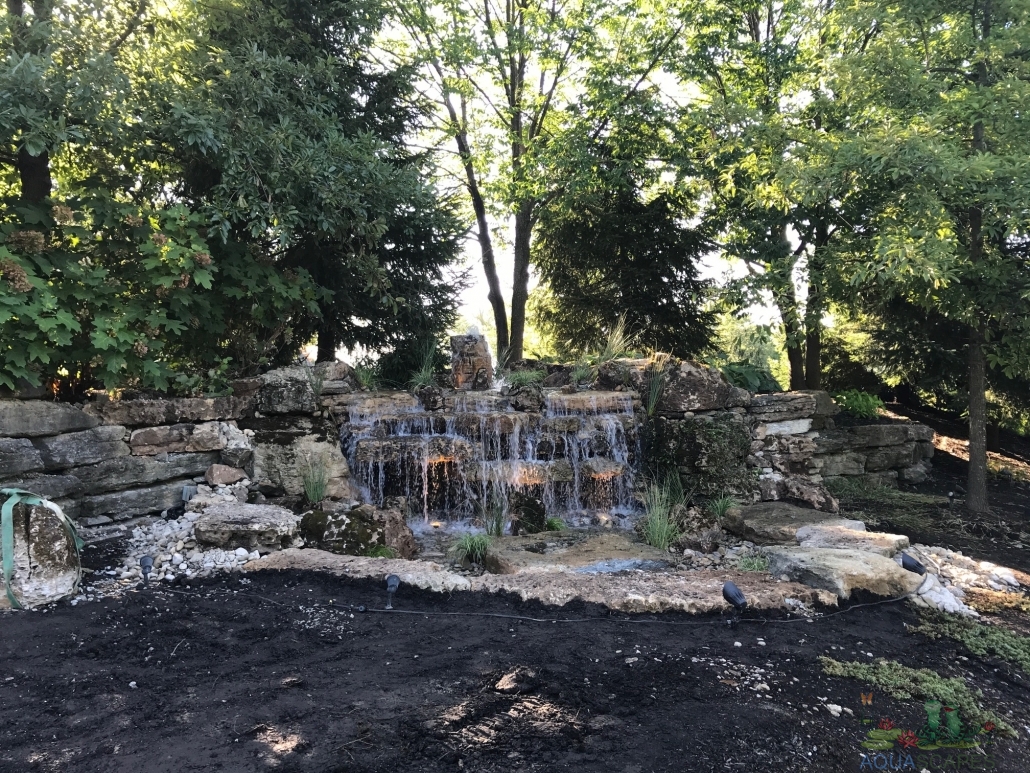The Science Behind Aquascaping: How Balance and Ecology Drive Success
Aquascaping is much more than just arranging rocks, plants, and water in an aesthetically pleasing manner. It is an intricate blend of art and science, where principles of balance, ecology, and biology come into play to create thriving aquatic ecosystems. In this blog article, we will delve into the science behind aquascaping, exploring how the delicate balance of the underwater environment and ecological principles drive the success of these captivating aquatic landscapes. From the nitrogen cycle to the interplay between aquatic flora and fauna, we will unravel the fascinating science that ensures the beauty and health of aquascapes.
Chapter 1: Understanding the Nitrogen Cycle
- The Role of Beneficial Bacteria
- The nitrogen cycle is a fundamental process in aquascaping that involves the conversion of toxic ammonia to less harmful substances.
- Beneficial bacteria, specifically nitrifying bacteria, play a crucial role in this cycle.
- Ammonia and Nitrite: Harmful Substances
- Ammonia is released into the water through fish waste, uneaten food, and decaying organic matter.
- High levels of ammonia are toxic to aquatic life.
- Nitrifying bacteria convert ammonia into nitrite, which is also harmful to fish and plants.
- Nitrate: The End Product
- Another group of beneficial bacteria converts nitrite into nitrate.
- While nitrate is less toxic than ammonia and nitrite, high levels can still harm aquatic life.
- Controlling the Nitrogen Cycle
- Regular water changes, monitoring water parameters, and the use of live plants are essential for maintaining a balanced nitrogen cycle in aquascapes.
Chapter 2: The Symbiosis of Aquatic Flora and Fauna
- Mutual Benefits of Plants and Fish
- Aquatic plants absorb nutrients like nitrates, phosphates, and carbon dioxide, helping to purify the water and maintain water quality.
- Fish provide essential nutrients, such as carbon dioxide and nitrogen compounds, for the growth of aquatic plants.
- Oxygen Production and Consumption
- During photosynthesis, aquatic plants release oxygen into the water, benefiting fish and other aquatic inhabitants.
- At night, plants consume oxygen, and this process must be balanced to ensure a healthy environment for fish.
- Natural Hiding Spots and Shelter
- Aquatic plants provide hiding spots and shelter for fish and invertebrates, reducing stress and promoting natural behaviors.
Chapter 3: Aquascaping and Ecosystem Balance
- Biodiversity and Ecological Stability
- Aquascaping promotes biodiversity by creating a diverse environment with a variety of plant and animal species.
- A diverse ecosystem is more resilient to changes and disturbances.
- The Role of Microorganisms
- Microorganisms, such as algae-eating organisms, help control algae growth in aquascapes.
- Their presence contributes to the ecological balance of the ecosystem.
- Balanced Lighting and Photosynthesis
- Proper lighting is essential for promoting photosynthesis in aquatic plants.
- Balancing light intensity and duration is crucial to avoid excessive algae growth and maintain plant health.
Chapter 4: Aquatic Plant Selection and Arrangement
- Plant Growth Habit and Requirements
- Understanding the growth habit and specific requirements of aquatic plants is vital for successful aquascaping.
- Some plants are fast growers, while others require special care or specific water parameters.
- Foreground, Midground, and Background Plants
- The arrangement of plants based on their height and growth rate creates depth and visual appeal in aquascapes.
- Foreground plants are shorter and are placed near the front of the pond, while background plants are taller and are positioned toward the back.
Chapter 5: Aquascaping Techniques for Success
- Selecting Appropriate Hardscape
- Hardscape elements, such as rocks and driftwood, are not only decorative but also serve as anchor points for plants.
- Choose hardscape materials that complement the overall theme and provide hiding spots for fish.
- Avoiding Overcrowding
- Overcrowding with too many plants or fish can lead to poor water quality and imbalances in the ecosystem.
- Plan the aquascape carefully to ensure ample space for each species to grow and thrive.
Chapter 6: Aquascaping Maintenance and Troubleshooting
- Pruning and Trimming
- Regular pruning and trimming of aquatic plants are necessary to maintain their shape and prevent overgrowth.
- Pruning also improves water circulation and prevents blockages.
- Dealing with Algae
- Algae growth is a common issue in aquascapes, but it can be managed through proper maintenance and nutrient control.
- Algae-eating organisms, such as snails or certain fish species, can be introduced to help control algae growth.
Chapter 7: The Science of Aquascaping as a Therapeutic Experience
- The Therapeutic Benefits of Aquascaping
- The immersive and meditative process of aquascaping promotes relaxation and reduces stress.
- Engaging in a creative and rewarding hobby like aquascaping can positively impact mental health.
- Mindfulness and Connection to Nature
- Aquascaping fosters mindfulness as individuals connect with nature and engage in the present moment.
- The process of designing and caring for aquascapes allows for introspection and a sense of purpose.
Aquascaping is not just about creating visually stunning underwater landscapes; it is a science-driven art that relies on the delicate balance of nature and ecological principles. Understanding the nitrogen cycle, the symbiotic relationship between aquatic flora and fauna, and the importance of biodiversity and ecosystem balance all contribute to the success of aquascapes. By selecting appropriate plants, arranging hardscape elements thoughtfully, and maintaining the aquascape properly, enthusiasts can create thriving aquatic ecosystems that are not only aesthetically pleasing but also contribute to mental well-being. Embrace the science behind aquascaping, and embark on a journey of creativity and connection to nature that nurtures both the mind and the soul.
Check out our store for all your water gardening needs! Aquascape products are Aquascape Inc. Certified.
Thanks for reading at Meyer Aquascapes! We hope you’ve enjoyed our post on garden pond design. Please leave a comment below if you liked it or have any questions. We’d love to hear from you! Thanks for stopping by!



